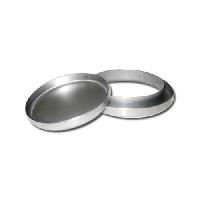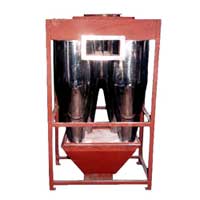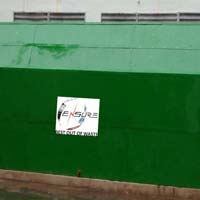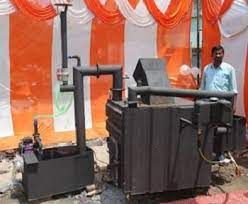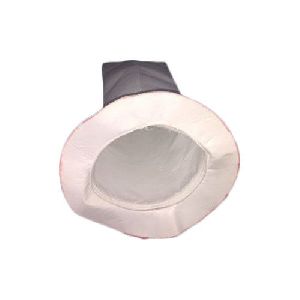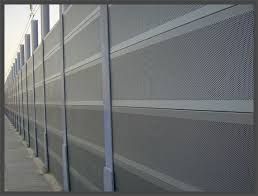Listing ID #1363277
Company Information
Ask for more detail from the seller
Contact SupplierThese incinerator are classified as controlled air incinerators, where the heat and air for combustion is regulated in such a way as to first volatilize/ gasify the waste in conditions of inadequate air i.e below stoichiometric air condition and then totally destroy it in adequate heat and excess air. In these twin-chambered incinerators volatisation of waste is achieved in the primary hamber with supply for combustion air. The heat source is the high efficiency, automatic ON/OFF fuel oil burner. The volatilized opening to achieve sufficient velocity, where it is subject to stoichiometric conditions.
Again the heat source is the auto-control fuel oil burner system. The combustion is carefully regulated for minimum turbulence, thus avoiding emission of pollutants. A specially designed educators system is incorporated at the outlet so that the temperature so the exit gases is brought down from 1200C to 300C before letting them out to the atmosphere, with safe himi for emission, conforming to strict pollution control norms, the mechanism keeps the entire system under negative pressure, hence totally alimenting hazards of ime, temperature and turbulence in these incinerator make them the best technological solution for the destruction of all kinds of waste in today's time
Cogeneration
In general terms, its system which provides both heat and electricity from the same source of fuel. Such systems often take advantage of what would normally be wasted energy. In a typical power plant, for example, nearly half of the energy consumed is wasted as excess heat. A cogeneration plant would take the excess heat energy and convert it into something which can be used to heat buildings, create domestic hot water or fed into a manufacturing process.
Like most other generators, a cogeneration set-up requires a combustion engine of some sort which runs a generator to produce electricity. The difference is that the excess heat is sent through a heat exchanger before being allowed to escape up the smokestack. This second pass at using the combustion energy is what boosts efficiency from 50% or on a typical generator to over 80% at a cogeneration plant.




